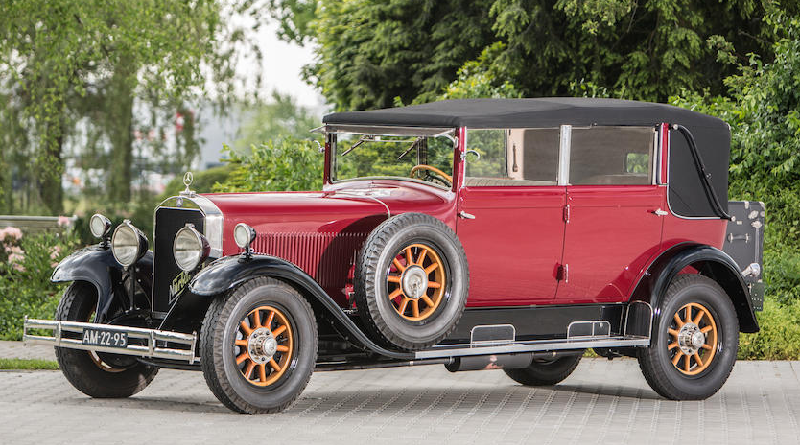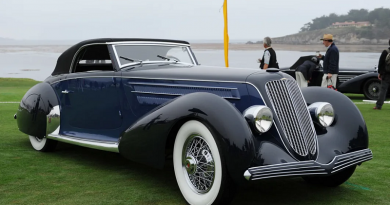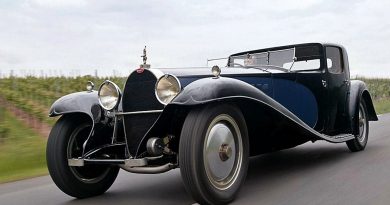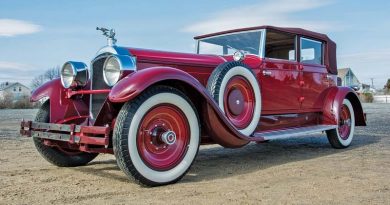1929 Mercedes-Benz Type 460 Nürburg Cabriolet
The Mercedes-Benz Nürburg 460 was introduced in Autumn 1928, Mercedes-Benz’s first eight-cylinder passenger car. Designated model W 08 was by the factory, it remained in production with various modifications and upgrades until the later summer of 1939, the longest lived Mercedes-Benz model of the 1920s and 1930s.
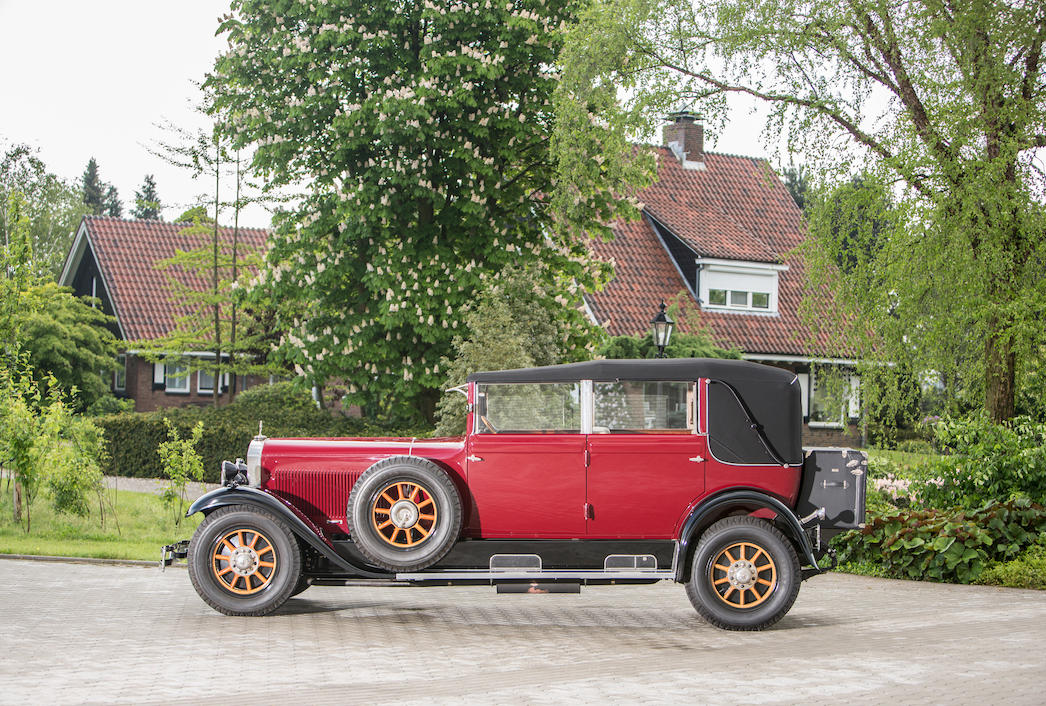
The superb 460 Nürburg offered here carries cabriolet coachwork by Carrosserie Alexis Kellner of Berlin (not to be confused with French coachbuilder of the same name). Founded in 1910, the company was noted for producing bodies of exceptional elegance, style and luxury. Shaken by the economic crisis of the early 1930s, Kellner was acquired by another German coachbuilder, Drausz of Heilbronn, which thereby acquired Kellner’s valuable patents. ‘50874’ is a relatively rare example of soft-top coachwork on the Nürburg chassis, which tended to attract more formal, enclosed designs.

The engine of this 1929 Mercedes-Benz Type 460 Nürburg Cabriolet was a 4, 622cc straight-8 side-valve unit for which maximum output was given as 80 PS (59 kW; 79 hp) at 3, 400 rpm which translated into a top speed of 100 km/ h (62 mph). The wheels were suspended from rigid axles supported by semi-elliptical leaf springs at the front and at the back.

Its cabin provided room for five, with two individual seats at the front and a bench in the rear. The carmaker covered the dash panel with wood, and the instrument panel took center stage. Its four-spoke steering wheel featured the commands for ignition timing and fuel mixture.
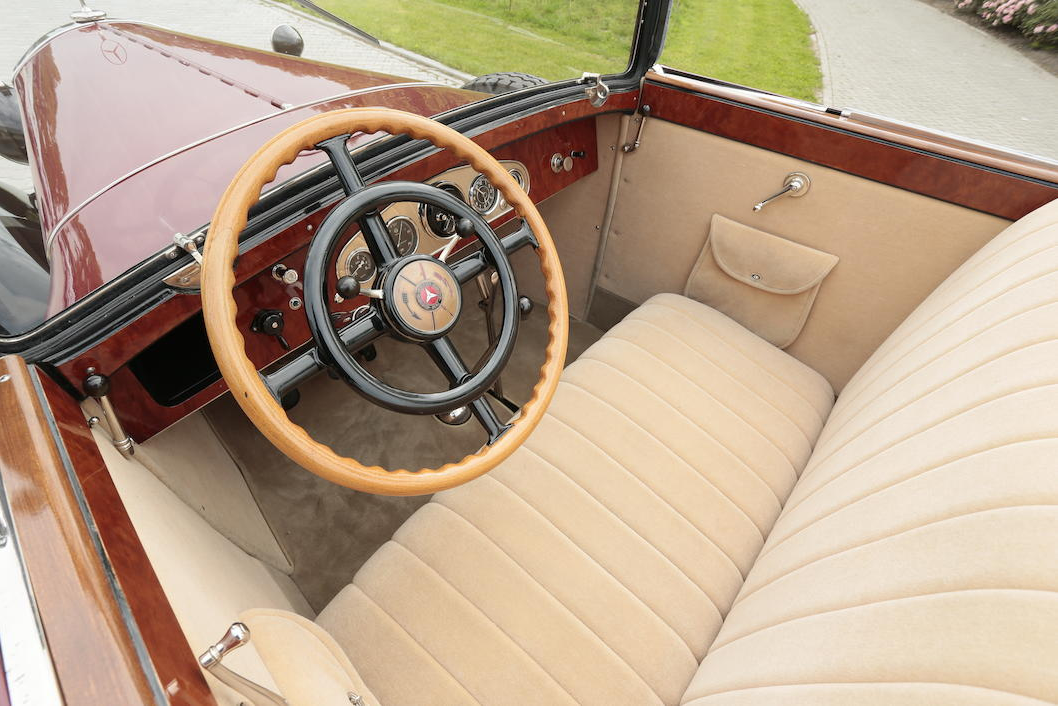
Built initially on a high-frame chassis, there was much about the Nürburg that resembled the stocky and impressive fortress its German name suggested. Yet at the same time it was rather old-fashioned and antiquated in appearance; vehicle construction and design had moved on and adopted new laws. Soon after its debut, therefore, the model underwent a thorough revision and was equipped with a low-frame chassis – one of the first tasks of Hans Nibel, Daimler-Benz’s chief designer who succeeded Porsche on January 1, 1929. The now much more visually pleasing Nürburg was again presented at the 1929 Paris Motor Show. The lower-slung vehicle had a longer, more elegant look, and was now every bit the equal of its competitors in terms of external appearance.

